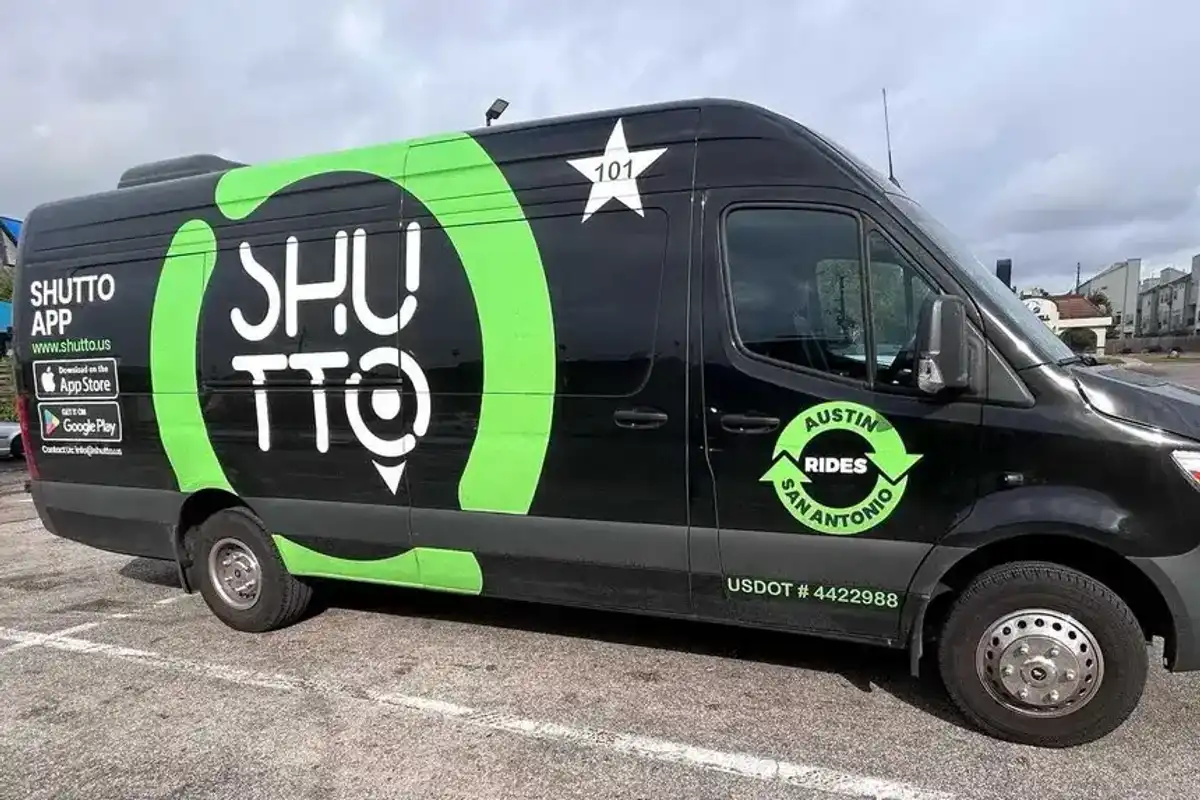Houston-area suburb claims top spot for business-savvy cities list from Verizon
We're no. 1
Sugar Land has landed some sweet recognition for its business-friendly atmosphere.
A new ranking from Go.Verizon.com puts Sugar Land first among what it calls "the most business-savvy cities in America." The study looked only at cities with at least 100,000 residents.
"Landing the coveted top position on our list, business owners in this suburb outside of Houston know a thing or two about doing it bigger," Go.Verizon.com says. "With a mean household income of $157,923 and an unemployment rate of only 3 percent, Sugar Land lives up to its statue of the strong-willed Stephen Austin, the 'Father of Texas.'"
Six factors went into the ranking:
- Average household income.
- Unemployment rate.
- Percentage of people with at least a bachelor's degree.
- Number of applications to start a business.
- Percentage of population that starts a business.
- Homeownership rate.
"Doing business in Sugar Land might be the best decision you make. As a welcoming and inclusive city, Sugar Land provides a business-friendly environment," says Keri Schmidt, president and CEO of the Fort Bend Chamber of Commerce. "The Fort Bend Chamber works collaboratively with the city to support to our businesses in both good times and challenging times."
Key sectors of the economy in Sugar Land, home to roughly 118,500 residents, include manufacturing, biotech, financial services, and energy. Among the major employers are Accredo Packaging, Champion X, Fluor, and Schlumberger.
Sugar Land-based Accredo, which makes packaging mostly for food and consumer products, set up shop in Sugar Land in 2009. Following a 200,000-square-foot, $50 million expansion last year at the Sugar Land Business Park, the company now occupies nearly 550,000 square feet at its 32-acre warehouse and manufacturing site. When the expansion was completed last year, Accredo said it would be adding 100 jobs through 2021.
"Accredo has continued to grow and expand as a thriving global company," Sunny Sharma, president of the Sugar Land Legacy Foundation, said in 2019. "Their products cross international borders, and we are fortunate that they choose Sugar Land to connect the world."
One other Texas city appears on the Go.Verizon.com list: eighth-ranked Frisco, a suburb of Dallas-Fort Worth.
"Frisco residents can spend confidently: The mean household income is $153,704," Go.Verizon.com says. "Business owners in the city provide plenty of places for citizens to spend all that cash — Frisco has video game museums, vintage automobile collections, and outdoor concert venues."





